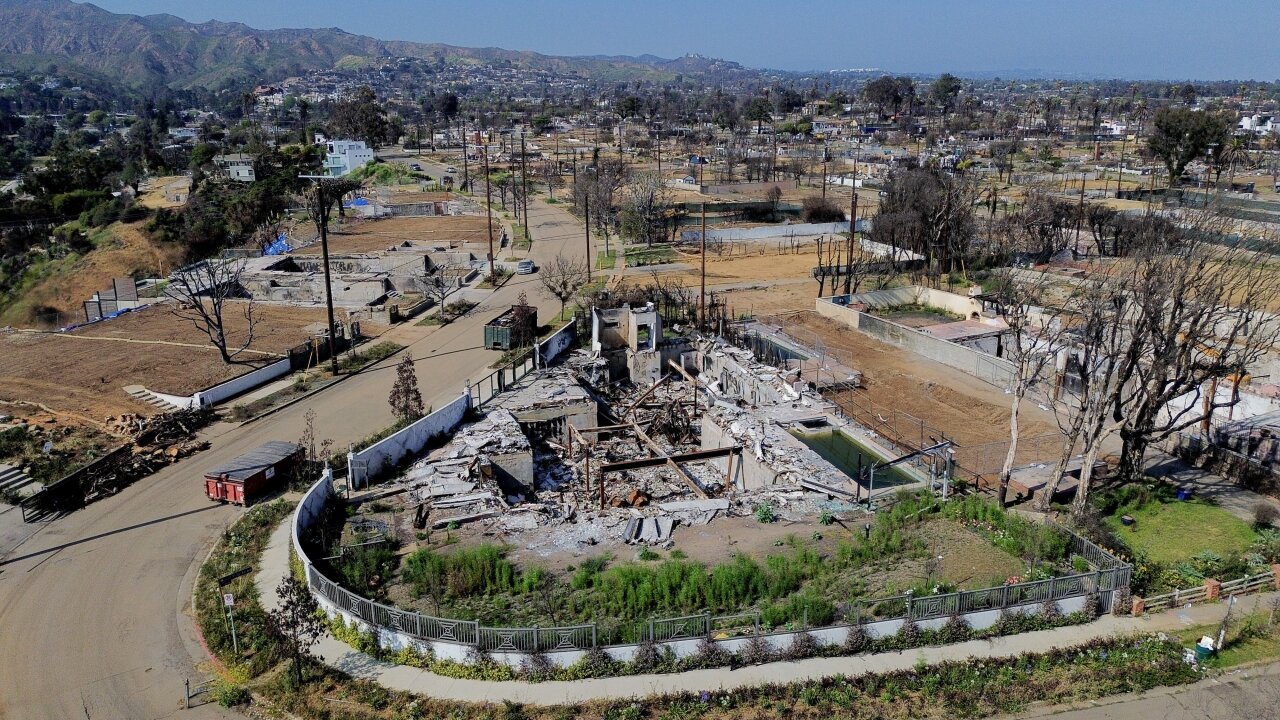The challenges facing the industry do not come exclusively from climate change, but it has a multiplier effect on all other issues. Leaders across the property and casualty (P&C) industry are aware of this, with recent Capgemini research revealing that 56% of executives include climate risk among their
The fundamental nature of weather-related risk has changed. The sources of risk from weather – wind, hail, lightning, flood, wildfire, etc. – are traditionally grouped into primary and secondary perils. As one might guess, secondary perils such as hail were considered less important, less impactful, not as financially significant. That has changed. Both the frequency and the severity of losses from secondary perils are increasing, driving enormous catastrophe losses in locations and in times of the year that have no modern historical equivalent. Total insured losses for secondary perils in 2022 caused $73 billion in damages, while primary perils caused just $67 billion in damages. These patterns continued into 2023.
Faced with these levels of new risks and massive losses, carriers reacted. Premium rates went up and continue to go up in all high-risk geographies. Anywhere that carriers could not get enough rate to cover their losses, either because they just could not price the risk or the local regulator blocked necessary increases, they started to pull out. This occurred in several different forms –from making it hard to apply for insurance, all the way to non-renewals and leaving entire states. But the result was the same: less options for customers, higher prices, and in high-risk areas there would be no private-sector options for insurance coverage completely.
This is not just a phenomenon in the U.S. On the other side of the globe,
As climate-change driven events continue to increase in frequency and severity, it becomes clear that traditional insurance processes for underwriting, pricing and risk mitigation are no longer effective. The challenge for insurers will be to not only adapt but innovate, creating new avenues to more accurately price and underwrite risks for policyholders across P&C coverage lines.
What can insurers do?
Put simply, insurance companies must update underwriting to handle a rapidly changing world. Here are two ways to do just that.
Engage better tech for more granular property data. Today
Influence customers to be proactive about risk. Insurance carriers need to develop a strategy to encourage insureds to take preventative measures and make more informed, lower risk decisions around their property to reduce potential losses. This can be as basic as encouraging the installation of a fire resistant versus a wooden roof, or as sophisticated as a full-home smart network with sensors and video analytics. This involves updating and refining underwriting eligibility rules, discounts on pricing, and risk management programs that encourage insureds to take certain steps to reduce their insurance rates (or become eligible for insurance).
P&C insurers are uniquely positioned to drive change
P&C insurers can play a foundational role in the global transition to a more sustainable economy with their reach, risk assessment expertise, financial resources, and ability to innovate. Insurers intent on proactively playing this role will need to align their business model around risk prevention and restoration. More than 65% of P&C insureds say they are interested in climate-risk prevention and mitigation services, with 53% willing to pay insurers for the guidance, according to Capgemini research.
By educating insureds about sustainability, insurance companies can help them understand how adopting sustainable practices can lower their exposure to risks, which, in turn, can reduce losses. For example, the Insurance Institute for Business & Home Safety developed the
Other opportunities include incentivizing policyholders who invest in mitigating local climate-related risks with discounted premiums or assistance to help finance these mitigation efforts.
Technology should be utilized to steer and focus the risk prevention products and services insurers are providing to clients. A diverse ecosystem of technology, from remote sensing equipment for real-time data to machine learning and advanced analytics to analyze that data, can enable quick adaptation to the evolving risks impacting various communities.
A call to action for insurers to lead the charge
While all insurers are feeling the effects of climate change on their bottom line, only a small group — 8% of insurers — are currently attacking climate change head-on with strategic and proactive initiatives, according to Capgemini research.
These 8% are adopting innovative approaches to bridge the protection gap and support their policyholders in vulnerable regions by integrating sustainability into their core processes, leveraging data-driven insights and embracing predictive analytics to strengthen risk management. They are partnering with policyholders by educating them on potential risks and incentivizing sustainable behaviors.
It's time for the other 92% of insurers to step up to the plate to contemplate the best and most appropriate solutions for their unique customer base.
My message to the industry: do not wait until climate change forces you to exit a market or re-evaluate your business viability. The time is now.






